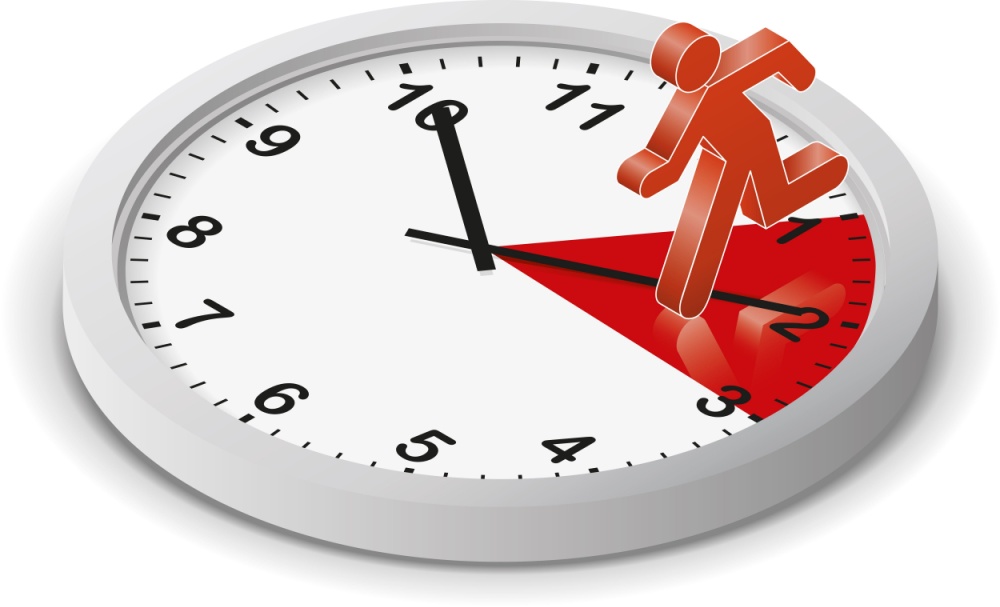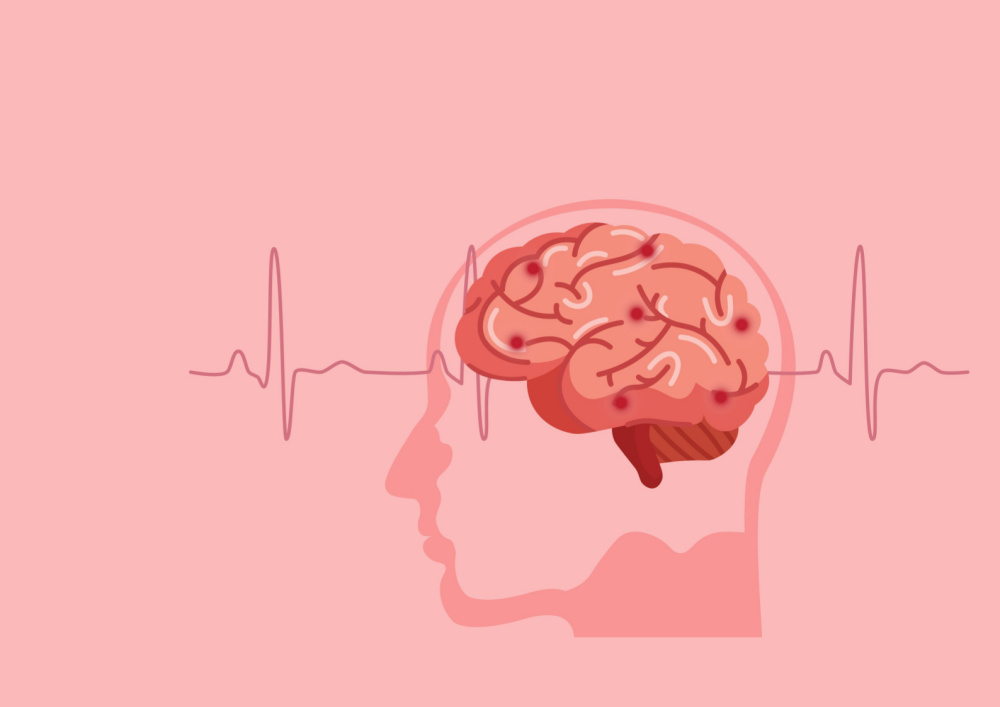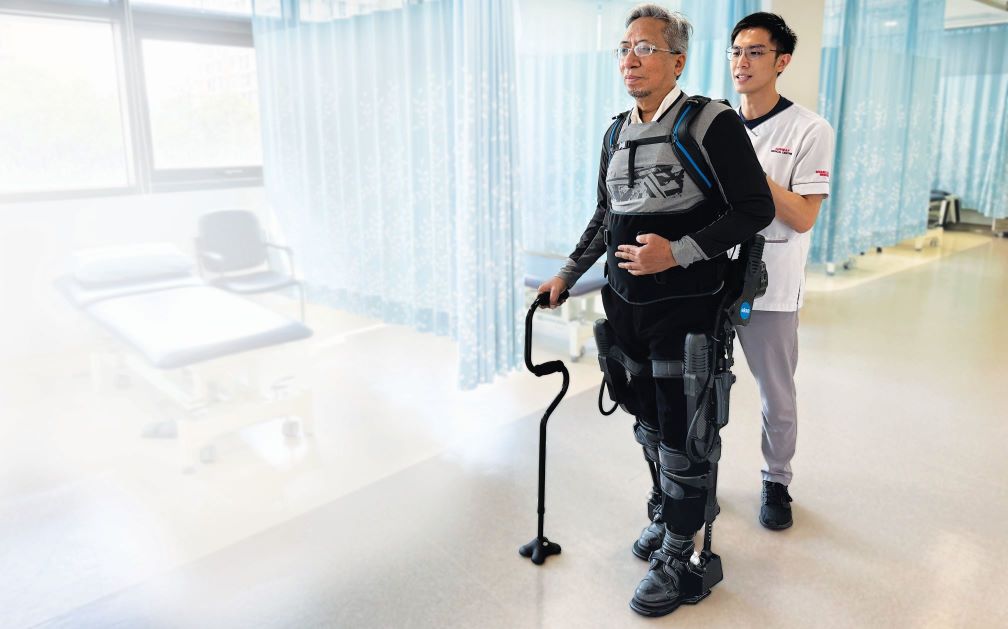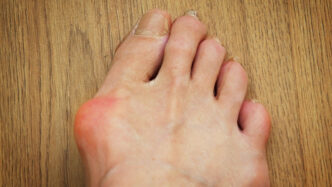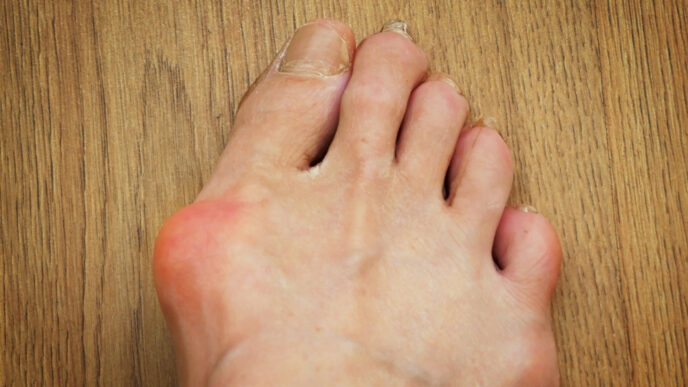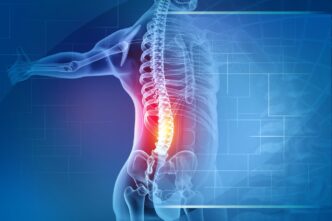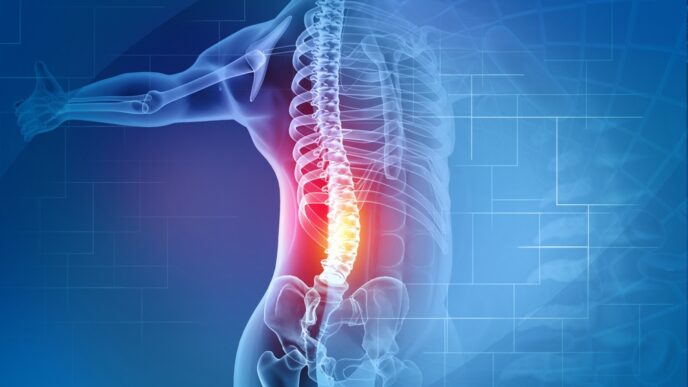When a stroke hits, every second your brain is starved of oxygen means more damage. Recognizing the signs — slurred speech, facial droop, sudden weakness—can save a life. In this expert survival guide, doctors break down how to spot a stroke fast, how to get help, and the crucial dos and don’ts before you reach the hospital.
WORDS LIM TECK CHOON
 FEATURED EXPERT FEATURED EXPERTDR TERENCE LESLIE DE SILVA Consultant Emergency Physician and Group Medical Director Aurelius Hospital Nilai |
| Not sure what a stroke is? Click here to join Dr Lee Tuan Cheong and Dr Rajenda Rao Ramulu as they share more information about the nature of stroke, risk factors, and mechanisms of stroke. |
OVERCOMING A STROKE IS A RACE AGAINST TIME
A Stroke Is a Medical Emergency
Dr Terence Leslie De Silva couldn’t stress this enough.
- Someone with a stroke needs to be sent to the accidental and emergency (A&E) of a hospital that is properly staffed and equipped to manage stroke cases.
- This urgency is because someone with a stroke can experience permanent brain damage within hours, sometimes even minutes.
- “Time is brain!” says Dr Terence. The sooner someone with a stroke receives treatment, the more likely is the medical team able to reduce or even reverse the damage caused to the brain.
The Rule of Thumb
- Conventional rule of thumb is to make sure that someone experiencing symptoms of ischaemic stroke receive medical attention within 3 to 4.5 hours after first showing these symptoms.
- As for haemorrhagic stroke, immediate treatment is necessary, with studies finding that treatment within the first 1 hour after showing symptoms usually yields the best outcomes.
A General Idea of How Past Time Passes at the Hospital Once You Have a Stroke
- Immediate general assessment: within 10 minutes
- Immediate neurological assessment: within 20 minutes
- Imaging tests: within 20 minutes
- Preparation of imaging test reports: within 45 minutes
- Treatment: within 60 minutes
- Admission to monitored bed: within 3 hours
- Transfer to another healthcare facility, if necessary: within 60 minutes
HENCE, IT IS VERY URGENT FOR EVERYONE TO KNOW AND RECOGNIZE THE SYMPTOMS OF STROKE
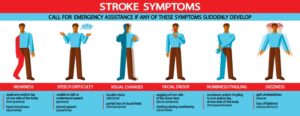
While the ‘BEFAST’ symptoms are well known, sometimes these symptoms may be very mild and hard to detect.
- If you suspect that someone is having a stroke, Dr Leslie advises asking them to close their eyes and hold both arms out for 10 seconds.
- If one arm involuntarily drifts downward while the other arm remains in position, that’s a very likely sign that they are having a stroke.
BEFORE YOU CALL THE AMBULANCE, DO YOU KNOW WHERE TO SEND SOMEONE WITH A STROKE?
 FEATURED EXPERT FEATURED EXPERTPROFESSOR DR AHMAD SOBRI MUDA Consultant Clinical Radiologist Faculty of Medicine and Health Sciences University Putra Malaysia (UPM) |
Given that it is a race against time when it comes to stroke, it is important to know in advance the nearest healthcare facility that is well-equipped to manage stroke.
Because stroke can occur at any time of the day, the healthcare facility needs to have:
- A 24-hour Accident and Emergency (A&E)
- A neurologist and a neurosurgeon on call
Centre for Excellence
- A medical centre of excellence is a specialized programme within a healthcare institution that is set up to provide high-level expertise and related resources for a particular medical area.
- A stroke centre of excellence, therefore, is one with specialists, surgeons, and equipment designed to carry out the full suite of treatment and management of stroke. This includes certain complex surgeries that are not widely available due to limited specialized surgeons or equipment.
- If a stroke patient requires an uncommon or complex medical procedure not available at a particular healthcare facility, they would likely be transferred to a centre of excellence for stroke.
Professor Dr Ahmad Sobri Muda shares that one such centre of excellence for stroke resides in Hospital Sultan Abdul Aziz Shah (HSAAS, formerly known as Hospital Pengajar Universiti Putra Malaysia or HPUPM). This training hospital, located in Serdang, Selangor opened the first dedicated stroke emergency unit in the country back in 2020.
He calls for the opening of more centres of excellence for stroke across Malaysia, as this would improve the accessibility of stroke patients to urgent treatments in a shorter window of time.
WHAT TO DO WHEN SOMEONE HAS A STROKE
If the Person Having a Stroke Has Fallen Down
Dr Terence Leslie De Silva advises rolling them into a recovery position.
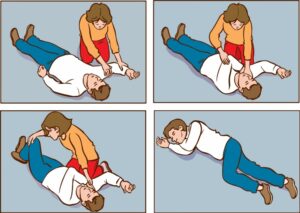
Wait for the Ambulance or Drive the Patient to the A&E?
Take the ambulance.
- Dr Terence points out there will be an emergency medical technician (EMT) accompanying the patient in the ambulance.
- They will be able to handle further emergencies that may arise during the trip to the A&E.
Absolutely NO Foods and Drinks for the Patient
- Under no circumstances should a stroke patient be given any food or drink until the doctor has assessed the patient’s swallowing ability.
- “Not even a sip of water!” Dr Terence points out, as stroke patients may experience swallowing difficulties and choke as a result. Such choking can be fatal.
ISCHAEMIC STROKE TREATMENTS
If the Ischaemic Stroke Had Occurred Within 6 Hours Ago
Endovascular thrombolysis is typically administered.
- Dr Terence explains that this is a minimally invasive procedure involving the use of a catheter to deliver anticoagulants into the blood stream.
- These anticoagulants will break down the clots that are blocking the blood vessels in the brain. This will restore blood flow in the brain.
If the Ischaemic Stroke Had Occurred 6 to 24 Hours Ago
Mechanical thrombectomy is typically administered.
- This is a surgical process that involves making a small cut in the blood vessel with the clot, to remove that clot.
- Anticoagulants may then be applied to break down any leftover clots.
HAEMORRHAGIC STROKE TREATMENTS
Haemorrhagic stroke is more complex to treat.
- Treatment depends on:
- The location of the bleeding
- Whether that location is accessible for treatment
- How high the patient’s blood pressure is
- Whether there are swelling and other complications present
- High blood pressure is common among patients with haemorrhagic stroke, so steps will be taken to reduce their blood pressure—this also helps to reduce bleeding in the brain.
- Surgery may be necessary when the blood collected in the brain tissues around the ruptured blood vessel exerts too much pressure on these brain tissues.
- In some cases, the patient’s blood is unable to clot normally. These patients would be given medications or blood factors to help their blood clot normally and stop the bleeding.
| This article is part of our series on stroke, its treatment, and how you can spot a stroke and take action before it’s too late. |


